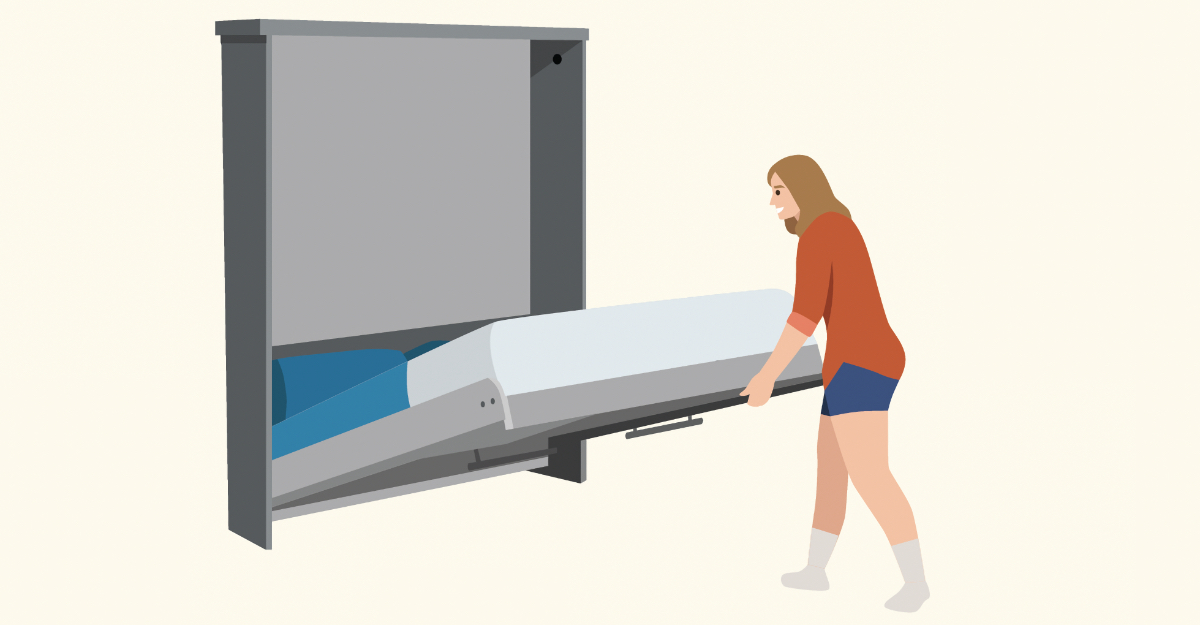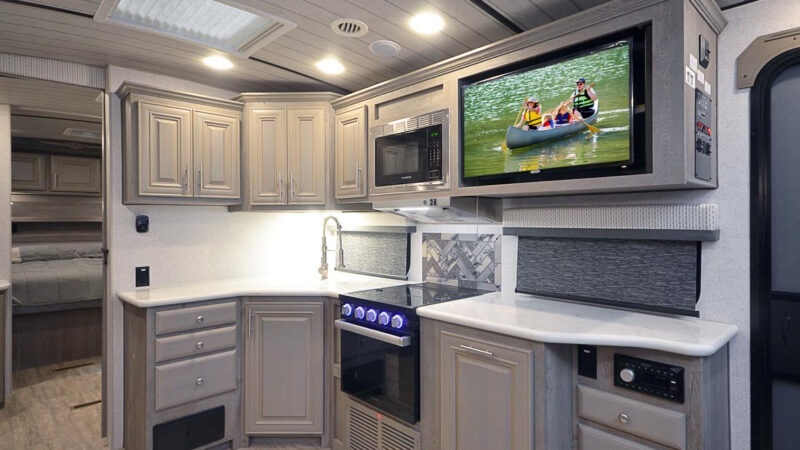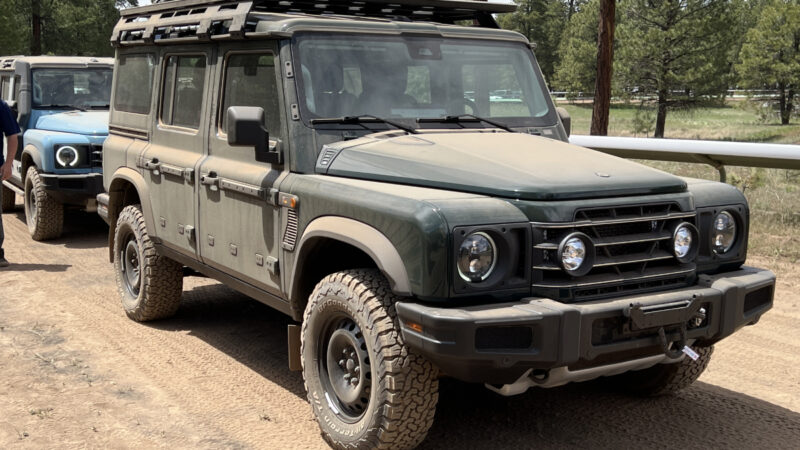The Know How: Double Towing, Modifying a Murphy Bed, and More
A little Q&A between our readers and Ken Freund, our resident RV expert. Have a question of your own? Drop us a line at: [email protected].
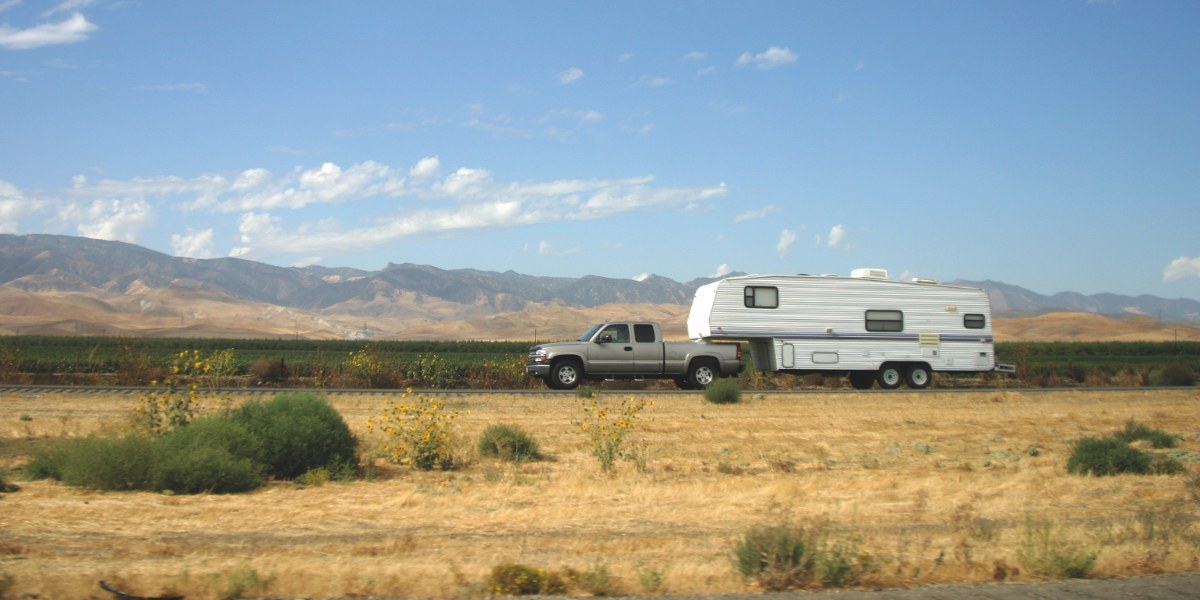
Photo Credit: Getty
Towing X 2
Q: We have a Dodge RAM 2500 pickup that we use for towing. Can a hitch be put on the back of the 2018 Highland Ridge Open Range Light LF295FBH model fifth-wheel trailer to haul a boat behind to tow tandem? The boat weighs around 3,000-3,500 pounds and has two axles.
— Samantha Antonioni, Pueblo, CO
A: Some call this double towing—or tandem towing as you mention. Others call it triple towing, because three vehicles are involved. Whatever you call it, I don’t recommend this.
Yes, some people tow a second trailer behind a fifth-wheel trailer. But everything needs to be just right for this to occur safely. Colorado has some steep grades, wicked curves, winds and weather. Most owners I’ve spoken to over the years had commercial driver’s licenses and experience driving large rigs, including doubles. Colorado does not outlaw towing double trailers, but limits overall length to 70 feet. If you are hauling a trailer or semi-trailer there with a weight of 3,000 pounds or more, your trailer must also have its own brakes. The trailer must be designed such that the brakes work automatically in the event the trailer breaks away from the primary vehicle. It’s also very difficult to find parking spots. Many campground spaces won’t be long enough for you to pull in. You basically can’t back up.
Assuming the truck has sufficient tow ratings, there’s the question of your fifth-wheel’s undercarriage structure. I don’t have engineering drawings for the framework on your trailer, nor any photos of the undercarriage. I suggest you contact the manufacturer for information on the viability of installing a trailer hitch to handle the weight of the boat. I suspect they will recommend against it. For occasional use, I suggest having a second driver follow along with the boat in tow.
Also note: A lot of states don’t allow double-towing at all.
Murphy’s Law
Q: I recently purchased a Coleman travel trailer, which has a tilt-up Murphy bed that weighs a ton. It has only a piano-type hinge on the bottom of the structure. The “bookcase” that swings down supports the bottom of the bed, but is extremely heavy. Any suggestions on hardware to make it easier to raise and lower?
— Mike Martin, Beaumont, CA
A: I think that removing the “bookcase” from the foot of the bed and replacing it with a simple lightweight support bar should remove enough weight to make it much easier to lift. If that isn’t enough, have a pair of lift struts added to assist the bed’s rise—the type that supports the upper automotive tailgates on SUVs and such. They are also found on some RVs. Get them with the mounting brackets that go on each end.
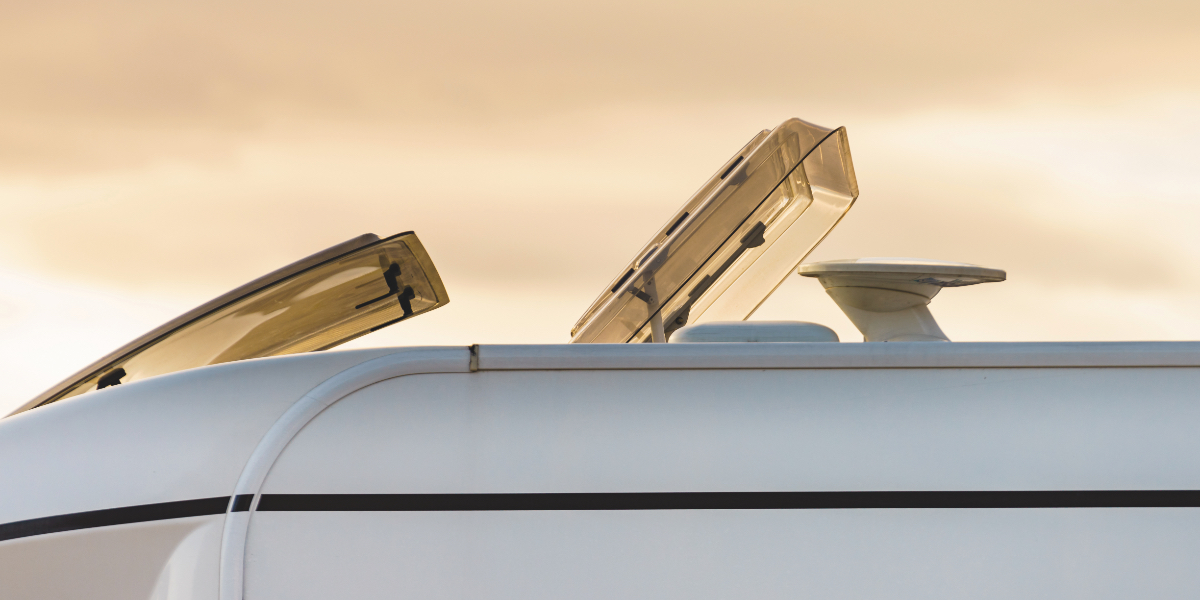
Photo Credit: Getty
Roof Truths
Q: We own a 2020 Forest River Grey Wolf trailer. I was driving down the Interstate and noticed a similar trailer coming toward me. What I really noticed was the roof membrane bubbled up and flapping in the breeze. I then adjusted my mirror— and noticed my roof was flapping in the breeze, too. If I go 70 mph or faster, a three-foot section lifts up. If I slow to 65 mph, it goes down somewhat.
I know, I know—just slow down. But I have proper speed-rated tires for driving out West. How can I secure the loose section without a total membrane replacement?
—Jules Grosjean, Walhalla, SC
A: Until this roof problem is remedied, I recommend keeping your speed below the point where the flapping occurs to avoid further damage. I know that driving slower can be tedious, especially in the wide-open spaces of the West. For our other readers, it’s important to know that most trailer tires are only rated for 65 mph, and some have lower weight ratings above that speed. In addition, fuel economy drops off precipitously at higher speeds. And, of course, you are always safer at lower speeds if something goes wrong.
If you are an experienced do-it-your-selfer, you can repair this problem at home for significant savings. (If not, seek out an RV shop experienced with such repairs.) The membrane should still be good at four years of age, unless it was damaged by the flapping.
Remove the trim strip and carefully peel back the roof membrane. (Warming it with a heat gun may make this easier.) Clean up the roof surface and the underside of the membrane to allow new adhesive to stick well. Apply Dicor water-based bonding adhesive, which is compatible with both EDPM and TPO type roofs.
Follow instructions carefully. Promptly roll the membrane back in place; use a roller, such as those designed for applying vinyl flooring, to get the membrane flat and roll out any bubbles. Reinstall any strips removed. Seal edges with Dicor Lap Sealant.
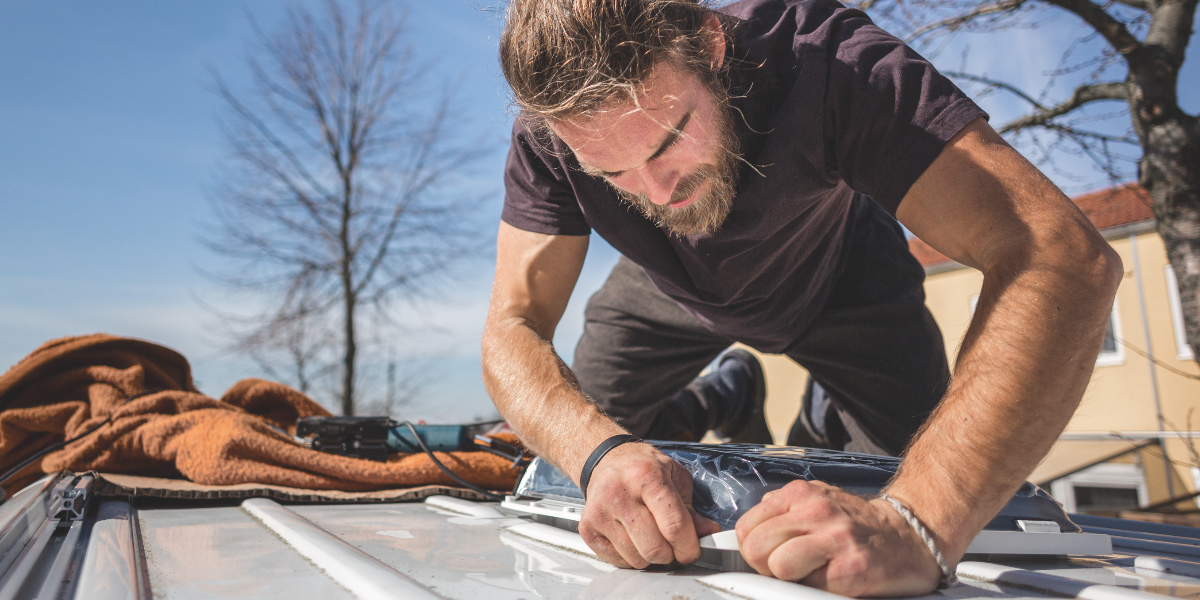
Photo Credit: Getty
More Roof Problems
Q: I have a 2019 Coleman-brand travel trailer with an EPDM rubber roof. A branch hit the roof and left a two-inch split, which I patched with Flex Tape to prevent water intrusion. But I want to seal the whole roof. Can I use Flex Seal? Or should I look at something else?
—John Costa
A: Flex Seal has its uses. It’s good in a pinch around the house—for a cracked gutter, for example. However, the rubber roof materials on most RVs are made by Dicor, and I recommend using repair and maintenance materials designed and produced by this brand to ensure compatibility and good results. (No, I don’t have any connection with Dicor.)
It produces its own repair tape, and its Signature Coating can be used on EPDM rubber roofs and TPO roofs. (There are specific priming processes that need to be complete for both roofs before the silicone coating is applied.)
The company also offers a 12-year warranty—a sign of confidence.
ASK US ANYTHING! Share your tech tales and send your questions to: [email protected].
This article originally appeared in Wildsam magazine. For more Wildsam content, sign up for our newsletter.
The post The Know How: Double Towing, Modifying a Murphy Bed, and More appeared first on RV.com.
Source: https://www.rv.com/servicing-care/the-know-how-double-towing-modifying-a-murphy-bed-and-more/

